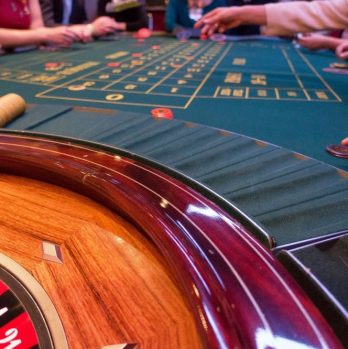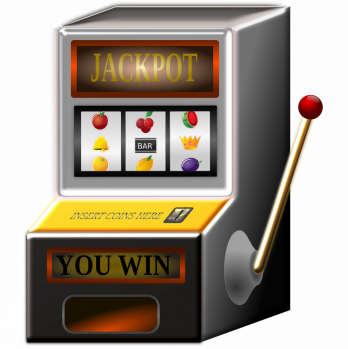Counting cards in blackjack is a strategy used by skilled players to gain an advantage over the casino

If you’re someone who enjoys casino games, particularly blackjack, it’s essential to understand the concept of card counting and its significance. In this article, we will explore the world of card counting in blackjack, its historical evolution, and what every casino enthusiast should know about this technique.
Introduction to Card Counting in Blackjack
Card counting is a mathematical strategy used to keep track of the ratio of high cards to low cards remaining in a deck or shoe during a game of blackjack. By doing so, players can make more informed decisions and adjust their betting strategy accordingly. This technique enables skilled players to increase their chances of winning and potentially beat the house edge.
Understanding the Basics of Card Counting

Card counting revolves around assigning a specific value to each card dealt. For instance, low cards like 2, 3, 4, 5, and 6 are assigned a value of +1, while high cards like 10, J, Q, K, and A are given a value of -1. Cards with a value of 7, 8, and 9 are considered neutral and have no impact on the count. As cards are dealt, players mentally keep a running count that reflects the current state of the deck. With a higher count, players have a higher chance of getting a favorable hand, and thus adjust their betting strategy.
Historical Evolution of Card Counting
Card counting has its roots in the early 1960s when mathematician Edward Thorp developed the first widely publicized card counting system. His book, “Beat the Dealer,” became popular among blackjack players and led to an increased interest in card counting. However, casinos quickly caught on to this strategy and implemented countermeasures to prevent successful card counting.
Over the years, card counting techniques have evolved to become more sophisticated. Different systems, such as the Hi-Lo, Knock-Out, and Zen Count, have been developed to enhance accuracy and adaptability. These systems take into account the number of decks used, penetration, and betting strategies, making card counting a complex skill that requires practice and dedication.
The Importance of Card Counting in Blackjack
Card counting provides players with valuable information that can significantly impact their odds of winning. By tracking the ratio of high to low cards, players can determine when the deck is favorable for them and increase their bets accordingly. This knowledge helps to minimize losses during unfavorable situations and maximize winnings when the deck is in their favor.
It is important to note that card counting is not illegal, but casinos have the right to refuse service to individuals employing this strategy. Therefore, players must strive to remain discreet while employing card counting techniques and avoid patterns that may attract attention.
In conclusion, card counting in blackjack is a skill-based strategy that gives players an advantage over the house. By keeping track of the cards dealt, players can make more informed decisions and adjust their betting strategy accordingly. Over the years, card counting techniques have evolved and become more sophisticated. However, it is essential for players to be discreet while employing this strategy to avoid being detected by casinos. If you’re someone who enjoys casino games and wants to enhance your chances of winning at blackjack, card counting is a technique worth exploring and mastering.











